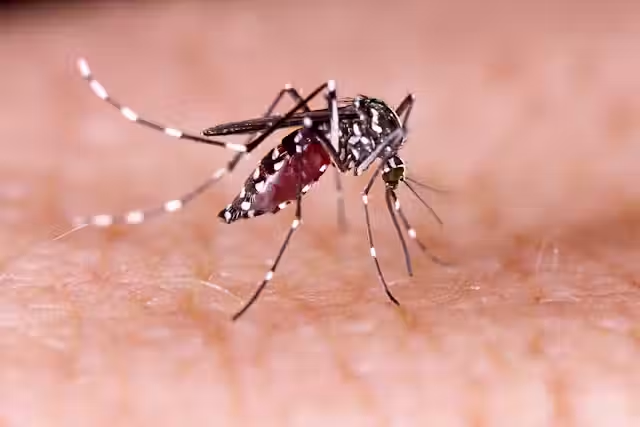Harvard scientists propose a game-changing strategy: Instead of just killing malaria-carrying mosquitoes, why not cure them? Their groundbreaking research suggests that coating bed nets with anti-malaria drugs could stop the disease at its source—by wiping out the parasites inside the insects themselves.
Why This Could Be a Breakthrough
- Current methods (insecticide-treated nets) kill mosquitoes, but resistance is growing.
- New approach: Two drugs, absorbed through mosquitoes’ legs, eliminate 100% of malaria parasites in lab tests.
- Long-term goal: Bed nets infused with both insecticides and anti-malaria drugs for dual protection.
How It Works
- Mosquitoes land on treated nets, absorbing the drugs through their legs.
- The drugs target and kill malaria parasites inside the mosquito—not the insect itself.
- Even if the mosquito survives, it can no longer transmit malaria to humans.
Key Advantages:
✅ Less resistance risk – Fewer parasites in mosquitoes mean lower odds of drug resistance.
✅ Long-lasting – Drugs remain effective on nets for up to a year.
✅ Compatible with existing tools – Could be combined with insecticides for backup protection.
The Bigger Picture
- Malaria kills nearly 600,000 people annually, mostly children under 5.
- Insecticide resistance has spread globally, weakening current defenses.
- Vaccines help, but bed nets remain critical—especially in high-risk regions.
Next Steps:
- Field trials in Ethiopia will test real-world effectiveness.
- If successful, treated nets could be available in 6+ years.
“This is a totally new way of targeting mosquitoes,” says lead researcher Dr. Alexandra Probst. By shifting focus from killing mosquitoes to disarming the parasite, this innovation could reshape malaria prevention—saving countless lives in the process.




